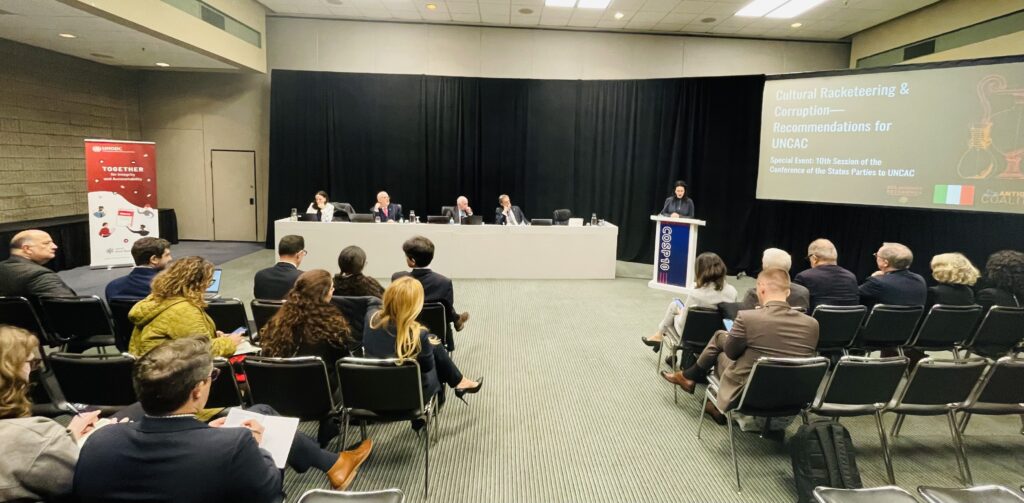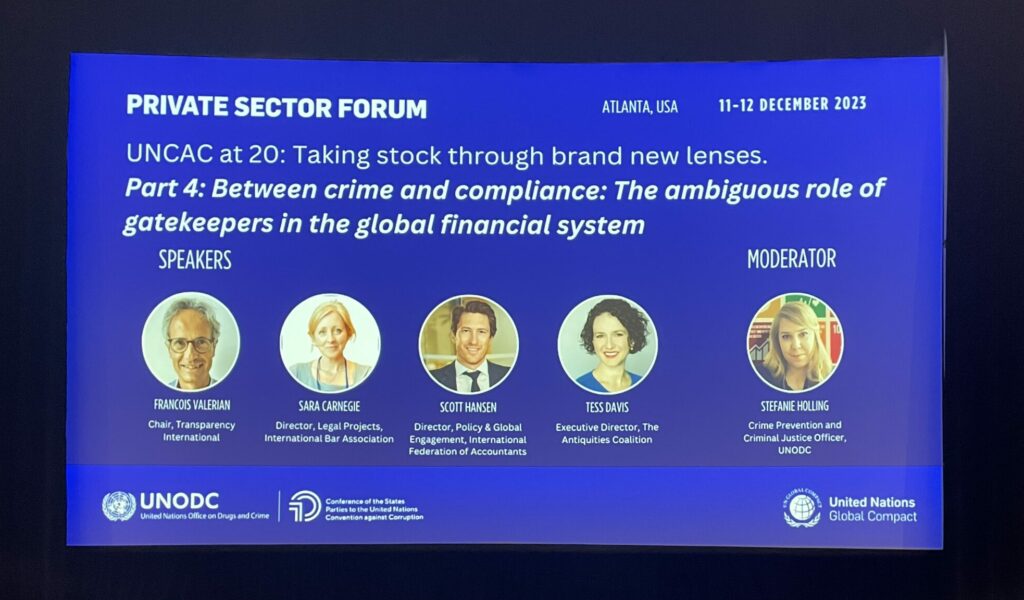Metropolitan Museum Will Repatriate 14 Looted Masterpieces Linked to Douglas Latchford
The Antiquities Coalition (AC) applauds the continuous and collaborative efforts of U.S. Law Enforcement and the Kingdom of Cambodia to recover the Kingdom’s looted heritage. The AC is proud to actively support these efforts, working hand-in-hand with the Cambodian government, law enforcement officials, and journalists. Through our advocacy and awareness campaigns, we strive to expose the crimes of notorious antiquities traffickers such as Douglas Latchford, and contribute to the ongoing pursuit of justice.
Most recently, on December 15, the Southern District of New York U.S. Attorney’s Office, Homeland Security Investigations, and the Metropolitan Museum of Art (the Met) announced the return of a total of 16 antiquities: 14 to Cambodia and to 2 Thailand, all connected to Latchford. This announcement was further covered in a segment on CBS’s 60 Minutes, as part of a story on Cambodia’s efforts to reclaim its heritage which aired on December 17th after a year-long investigative report by the program.
The pieces returning are part of a decade-long investigation into Latchford’s crimes by HSI and the U.S. Attorney’s Office for SDNY, which is still ongoing. Among the many masterpieces being returned is a sculpture of a 10th century female goddess from the ancient royal capital of Koh Ker. The twin sculpture, also looted from Koh Ker, remains on the list of the Antiquities Coalition’s Ten Most Wanted Antiquities.
The Met has faced pressure in recent years to review its collections following several high-profile seizures of artworks connected with suspected traffickers, including pieces connected to Latchford. In 2013, the museum repatriated two Khmer sculptures donated by Latchford. While we applaud these efforts, we acknowledge that more must be done to repatriate remaining stolen heritage from within the Met. In their statement, the Cambodian Ministry of Culture noted that they appreciated this return as a “first step in the right direction.”
“The return of these objects from The Met to their rightful homes in Cambodia and Thailand is an encouraging step for the institution. We continue to call on the U.S. government, the Department of Justice, and the Department of Homeland Security, to play a role in treating the illicit trade in cultural objects like the crime that it is.” -Tess Davis, Executive Director, Antiquities Coalition
Damian Williams, Assistant U.S. Attorney also emphasized the ongoing nature of the investigation in his public remarks on the return. He urged anyone or any institution with potentially looted antiquities to come forward: “Come see us, before we come see you.”
While Latchford escaped justice, passing away in 2020 under indictment, the U.S. and Cambodia’s unwavering efforts prove that the pursuit of accountability for cultural crimes transcends individuals, fostering a commitment to safeguarding global heritage and ensuring restitution even if it takes years.









